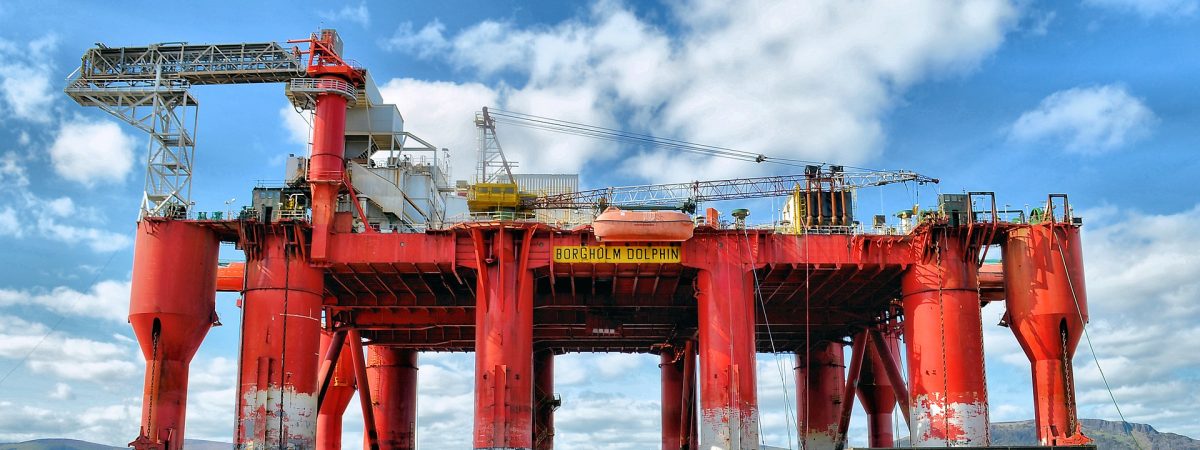An oil platform, offshore platform, or offshore drilling rig is a large structure with facilities for well drilling to explore, extract, store, and process petroleum and natural gas that lies in rock formations beneath the seabed. Many oil platforms will also contain facilities to accommodate their workforce. Most commonly, oil platforms engage in activities on the continental shelf, though they can also be used in lakes, inshore waters, and inland seas. Depending on the circumstances, the platform may be fixed to the ocean floor, consist of an artificial island, or float.[1] Remote subsea wells may also be connected to a platform by flow lines and by umbilical connections. These sub-sea solutions may consist of one or more subsea wells or of one or more manifold centres for multiple wells.
Offshore drilling presents environmental challenges, both from the produced hydrocarbons and the materials used during the drilling operation. Controversies include the ongoing US offshore drilling debate.[2]
There are many different types of facilities from which offshore drilling operations take place. These include bottom founded drilling rigs (jackup barges and swamp barges), combined drilling and production facilities, either bottom founded or floating platforms, and deepwater mobile offshore drilling units (MODU), including semi-submersibles and drillships. These are capable of operating in water depths up to 3,000 metres (9,800 ft). In shallower waters, the mobile units are anchored to the seabed. However, in deeper water (more than 1,500 metres (4,900 ft)), the semisubmersibles or drillships are maintained at the required drilling location using dynamic positioning.


No responses yet